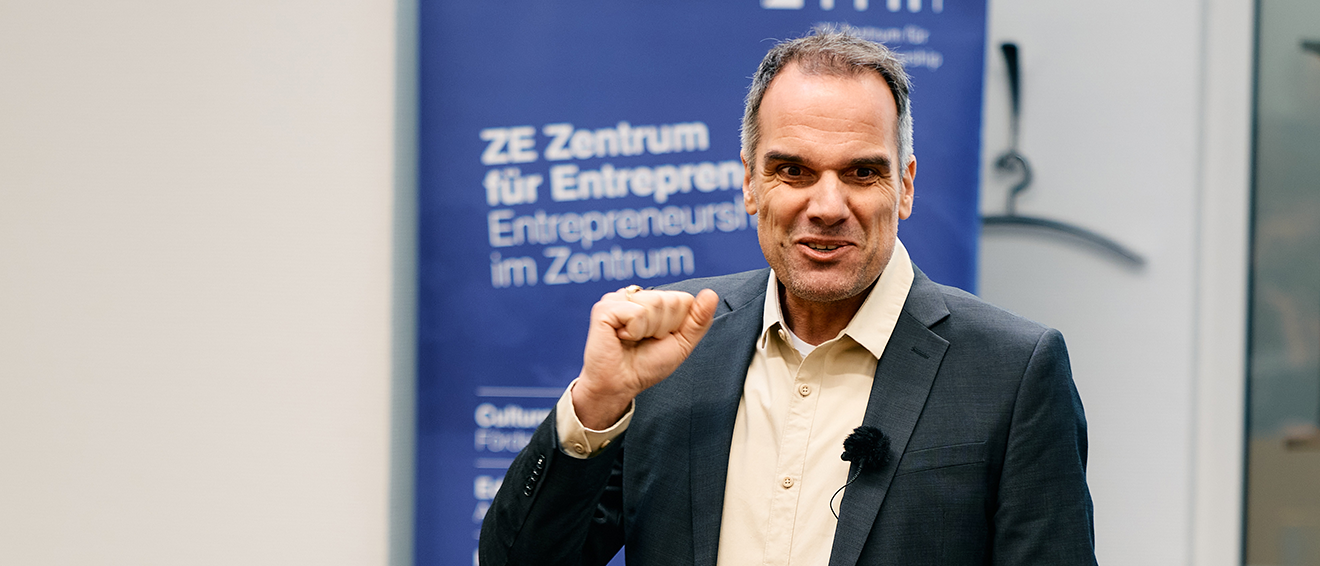Information and knowledge are two very important assets of any company. Since years, we are implementing information & knowledge management systems to ensure that critical and beneficial knowledge is kept and increased within the company. New advances in GenAI claim, that documentation will be much easier, as virtual assistants can do much of this task automatically. But how does that affect knowledge as a company’s asset?
One of the most common and most important models in information theory is the SECI model by Nonaka & Takeuchi, which describes four phases: Socialization, Externalization, Combination, and Internalization. Briefly, this means, that in the socialization phase, knowledge is transferred and gained between people by talking, discussing, viewing, etc. Externalization focuses on ways to document knowledge for others: we write documents, store data in databases, put comments in collaboration platforms, add sections to Wikis or the company intranet, and so on. The combination phase uses all these documents to derive new knowledge, detect common topics, categorize, or archive information. Finally, the internalization phase describes that people read documents, consume existing content and actually learn something. They internalize new knowledge.
Companies, that have a good knowledge management, establish processes to maintain knowledge through all four phases by conducting internal trainings, increasing documentation efforts, use knowledge management systems, calculate knowledge quality measures and safeguard their knowledge when people leave while providing existing knowledge to new people being onboarded. They improve their knowledge by actively managing it. In many of these companies, even a Chief Knowledge Officer (CKO) at C-level is responsible – with a team, a budget, clear guidance, governance, and goals.
So, what happens, if now GenAI is employed in the process of externalization and combination?
Currently, many people tell us, how GenAI can improve writing and document generation processes. Many products claim, that people will be faster with GenAI. And – of course – writing documentation can be a boring and disappointing task. So, why not having ChatGPT generate some paragraphs, with some UML-diagrams or statistics, with some nice images, etc. Users can finalize their tasks faster and focus on more thrilling jobs. In addition, ChatGPT can create nice summaries, annotations, keywords, taxonomies, can do some topic modeling, can do SEO for our articles, and much more. So what’s bad about it?
In short term – nothing. GenAI can indeed improve a lot of tasks in the area of knowledge management. There are fancy tools available, which reduce the work effort of our highly skilled people, a lot.
But in the long run, GenAI can harm or even stop the knowledge engineering process in companies. Let’s make an example: currently, people create use-case diagrams in software documentation to outline, what processes a software is planned to be capable of. People are trained and skilled to model such use-cases in UML, which results in nice pictures and (sometimes) lengthy descriptions. If these people use GenAI to generate use-case diagrams or descriptions, no problem. They can double check the generated sections, correct them if needed, and are faster and happier than before. Knowledge is still externalized – now having some generated sections in it. When new people join the project however, the onboarding process will look different: they will no longer be trained in writing use-cases or UML models, they will be more and more trained in creating appropriate prompts to have this done automatically. Pushed by the management, which is now used to faster processing times. However, such people will no longer be able to double check the results. And as all those GenAI generated sections are still externalized (and e.g., stored in Sharepoints and document databases), also the combination phase will “read” through these documents to find commons, to group knowledge, to prepare knowledge for new users, etc.
And now two things will happen:
1) GenAI content will be considered more important than traditional, human written content, as it will have a higher annotation quality or better keywords.
2) as we employ machine learning on our data to detect knowledge clusters, GenAI content will be additionally marked as being very relevant company knowledge, as the patterns of generated content will be more uniform than the patterns created by hundreds of individual employees.
This means, that in the combination phase, human produced knowledge will be regarded less important than GenAI generated content. When we use this combination phase to onboard new team members, they will be onboarded based on more and more generated content from now on, and no longer with the companie’s human knowledge. Even worse, if GenAI content is wrong, biased, fake, or hallucinated – now one will be aware of it.
In the long term, human and the company’s knowlege can be lost. And as knowledge is still regarded as one of the most important assets of any company, companies might lose their knowledge foundation. Of course, this is a bit black&white painted, but in the long term of knowledge creation, preservation, and gathering, there will for sure be effects, if GenAI replaces human generated content.
So – what can we do about this?
Even today, we already have to deal with bad, wrong, misleading knowledge. That’s why we introduce knowledge management. And why we introduce quality measures. In the near future, some of such quality measures will increase, as new content will be “better” thanks to GenAI. To ensure, that this is not a misleading measure, we need to introduce additional metrics focusing at the combination and internalization phase. We have to distinguish between human and GenAI content, clearly mark GenAI content and decrease its relevance for machine learning algorithms to calculate data clusters. Within companies, this can easily be achieved, but must be considered from the very beginning. Finally, we must also increase the efforts on human-to-human interaction in order to transfer knowledge via socialization. Because, this might be the most relevant source of company information in future.
People should always be more important than GenAI.
And knowledge needs to be managed more than ever!




